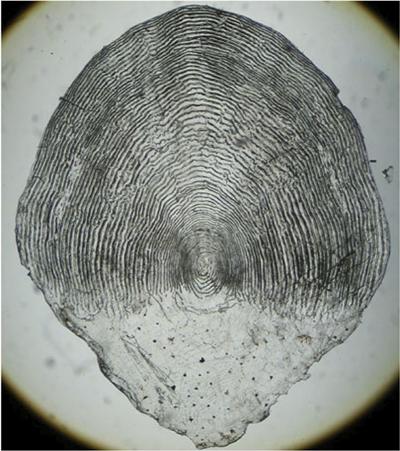Research project: Discovering salmon feeding grounds using fish scales
The big science question: It is important to establish oceanic feeding grounds of Atlantic salmon and other fish species, as it provides direct evidence for management of river populations, and monitoring and science-based regulation of high seas fisheries. Management of salmon and sea trout is economically important as recreational angling contributes significantly to the UK economy. In Scotland, recreational angling for salmon and sea trout contributes approximately £100 million annually to the economy in terms of expenditure and associated jobs. Salmon populations are falling, and conservation of stocks is vital to maintain this important revenue source.

